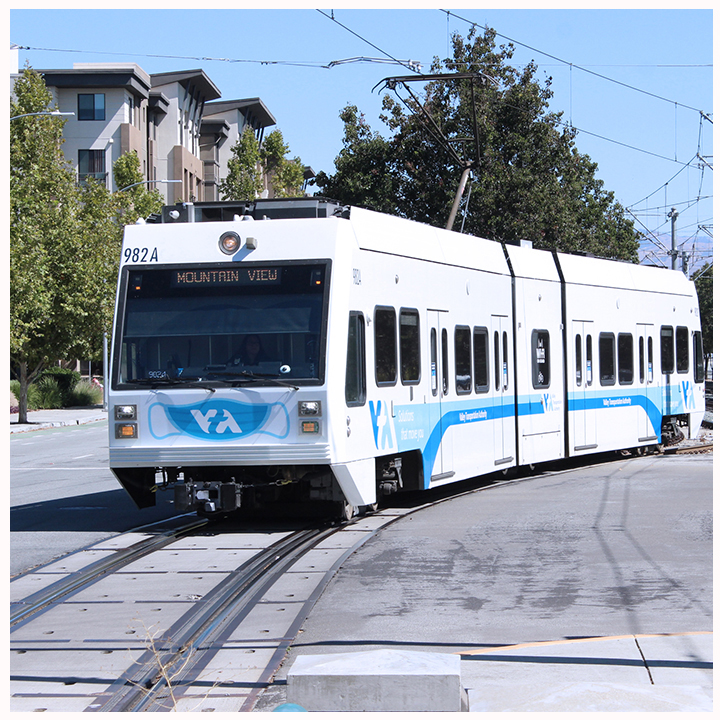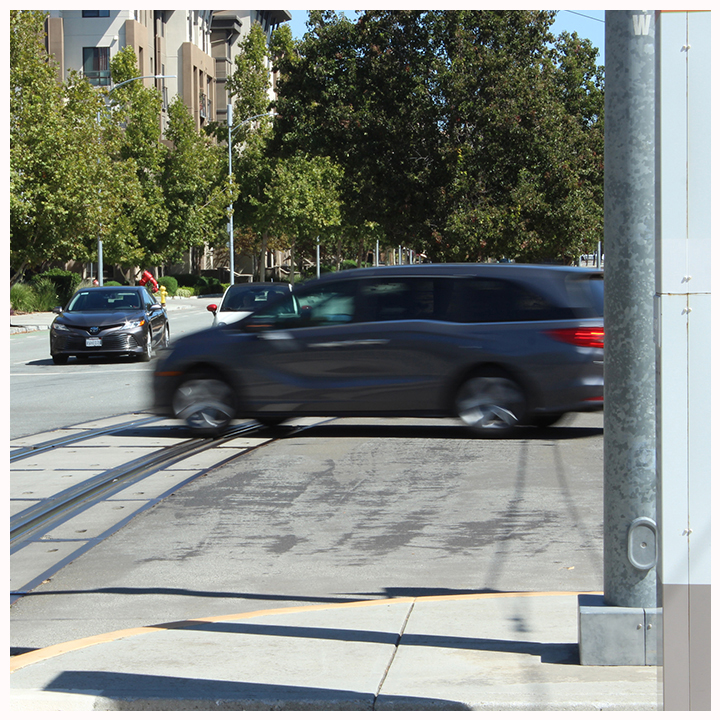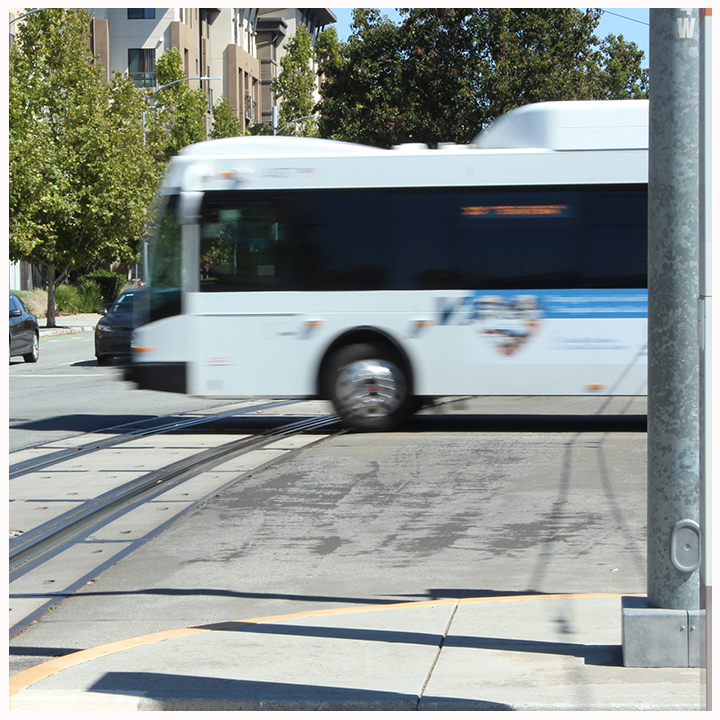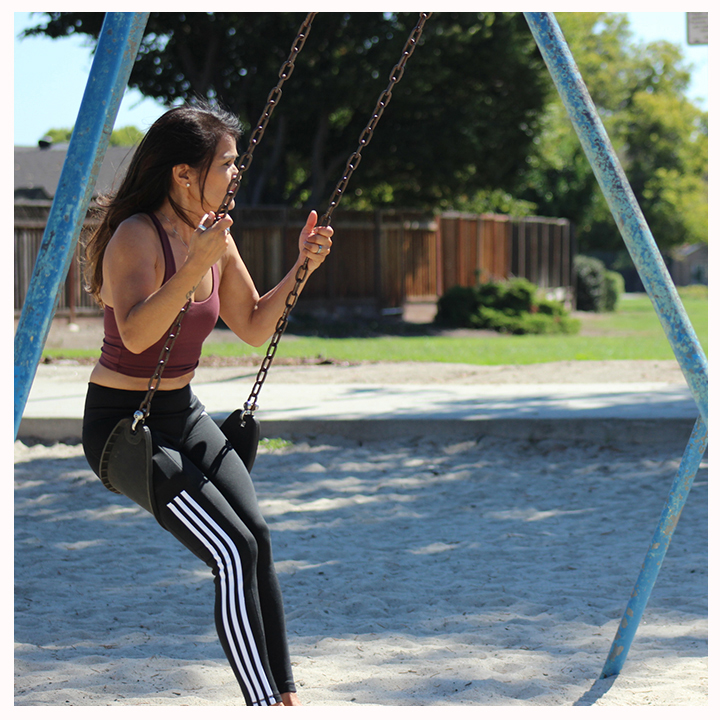Sports and Action
I think one of my biggest challenges right now is my inability to capture action shots. More specifically, shots that capture and convey movement. I find that I will pop off a bazillion shots from which I get maybe one or two that are decent enough to share with others. The intro to this assignment mentions that capturing enough light is the hardest part of motion shots. I say that capturing enough light without sacrificing good depth of field is a more complete statement.
The Requirements
- Requirement 1: Freeze the action. Take at least one photo with a very short shutter speed to capture your subject during a split second in time. You’ll need lots of light for this, so try this outdoors in the middle of the day. If you happen to have a very strong flash, you can also use it to freeze the action when there is less available light.
- Requirement 2: Show the action by blurring the foreground. Take at least one photo that uses motion blur to give a sense of how your subject moves. The main subject of the photograph should be motion blurred, but the background should be sharp.
- Requirement 3: Show the action by blurring the background. Take at least one photo with a sharp subject and a motion-blurred background. Note in your comments how this gives a different sense of movement from requirement 2. (One way to do this is to keep a moving object centered in your viewfinder as it passes you by panning the camera to match its speed. This takes some patience and practice, but it’s worth the effort once you get it right!)
- Requirement 4: Show the action with a burst. Take a burst of photos (at least 3) one after another quickly, so that it shows a progression and tells a short story. Many cameras have a burst mode to make this easier. Once you’ve taken your action sequence, you should combine the burst of photographs into a single image using Photoshop or similar. Your combination could be as simple as placing all of the photos side-by-side into one larger photo, or it could be a blend of the photos, or it could be something fancier. The choice is yours!
As I did in the first assignment, I will be shooting these using a Canon EOS Rebel T3i 35mm DSLR with an 80mm to 300mm zoom lens set to manual mode. F-stop (Exposure), shutter speed, and ISO will be varied with each individual shot. In the results below I will note each of these settings for each photo.
The Photos
Note: None of these photos have been cropped or edited in any way with one exception; I shrunk them down so that they can fit on this page. Everything else is as it was seen through the lens.
My Take Away
Playing around with movement and depth of field is an interesting exercise. You can tell from the photos above, there were trade-offs in each shot. Particularly in capturing enough light. I will admit getting these done was a process of setting the aperture, shutter speed, and ISO, followed by taking test shots, followed by changing the settings. This iterated several times until I got what you see here.
It’s clear I will need more practice in this case. But I will note one really positive thing; this was my first attempt at taking action shots using only the manual settings on the camera. And the results are measurably better than previous attempts using the automatic functions of the camera. I consider that a major win.
Requirement 4 – Burst
- Exposure: F4.5
- Shutter Speed: 1/250
- ISO: 3200




